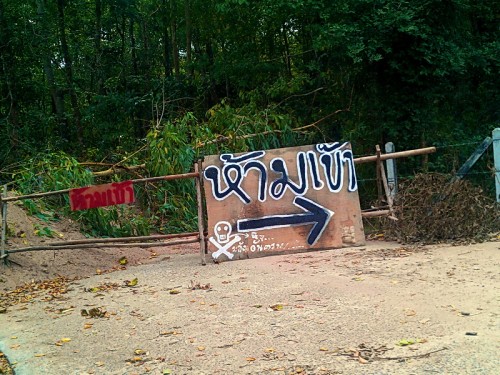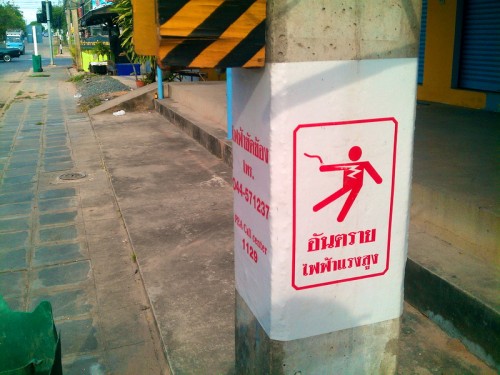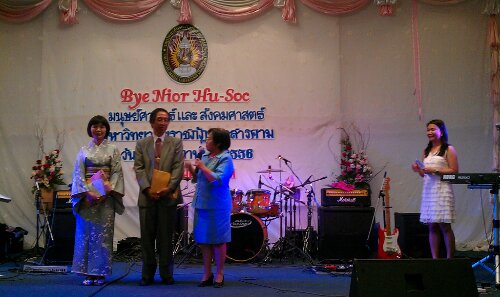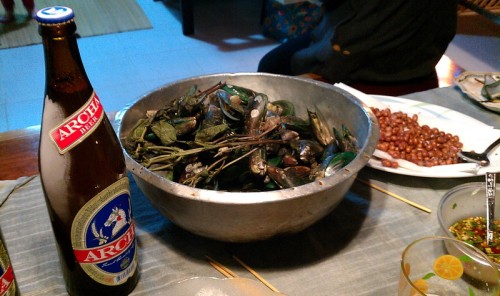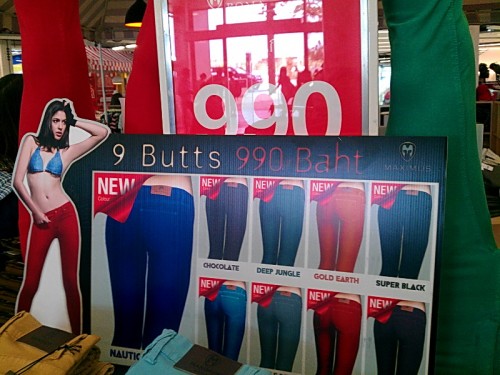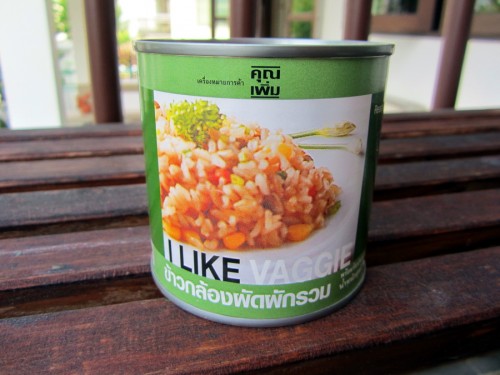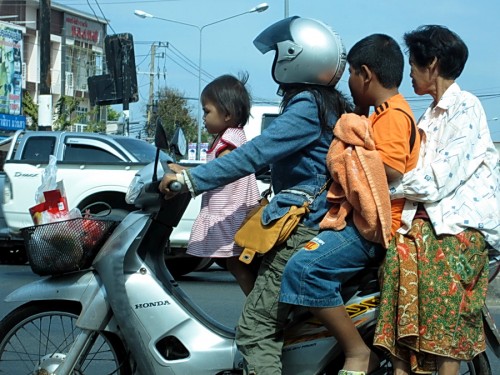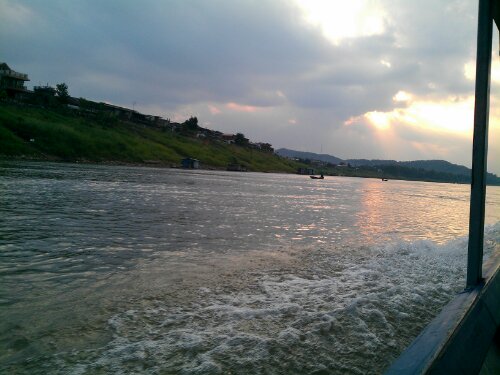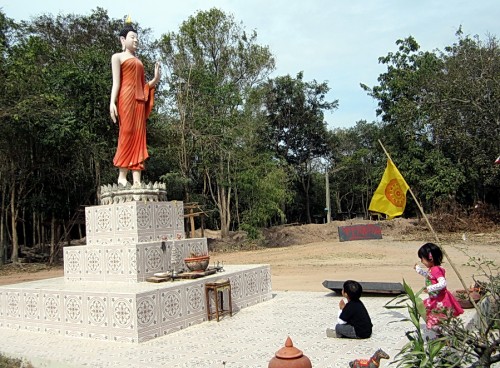I raced this car home back to Sarakham last week.
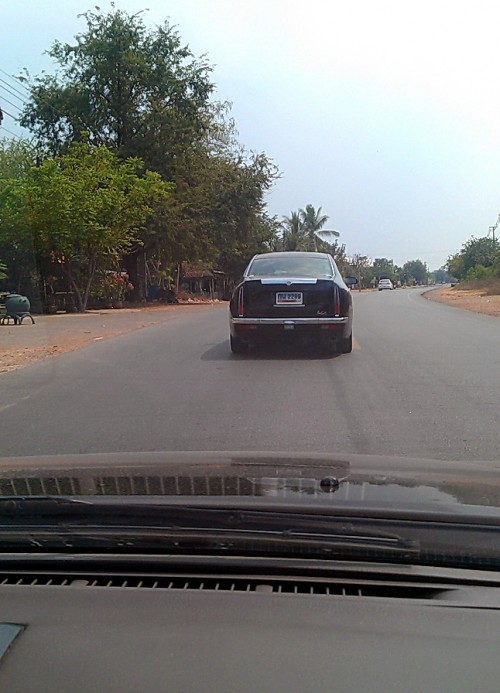
I guess the driver was worried about spilling his Grey Poupon, because he had me on the straightaways (kind of rare because my wife’s VQ30-powered Cefiro A33 smokes almost everything under 2 million baht; such is the sad state of affairs in many road-tax-by-engine-displacement countries) , but slowed way down on the curves. I’m kind of sad because I don’t even know what kind of car it is, but if I had to guess — Chinese Bentley? Korean Cadillac?
Either way, it was hideous. Almost as bad as the ugliest car ever made, which I’ve been seeing kind of often lately.
UPDATE: Of course, Chris the master of all things with engines, called it – this is definitely a Mitsuoka, probably a Galue-III. It’s the first I’ve ever seen, having been in Thailand almost the whole time they’ve been produced, and it totally matches with what I saw. On another page it says this car “incorporates styling touches from such classic designs as the ’94 Cadillac Fleetwood.” Also, the specs indicate it was loaded with the same type of engine in our Cefiro, but newer and with higher output – either a VQ-25HR or VQ-35HR. Interestingly enough, the Galue-III was made in both RWD and AWD.

